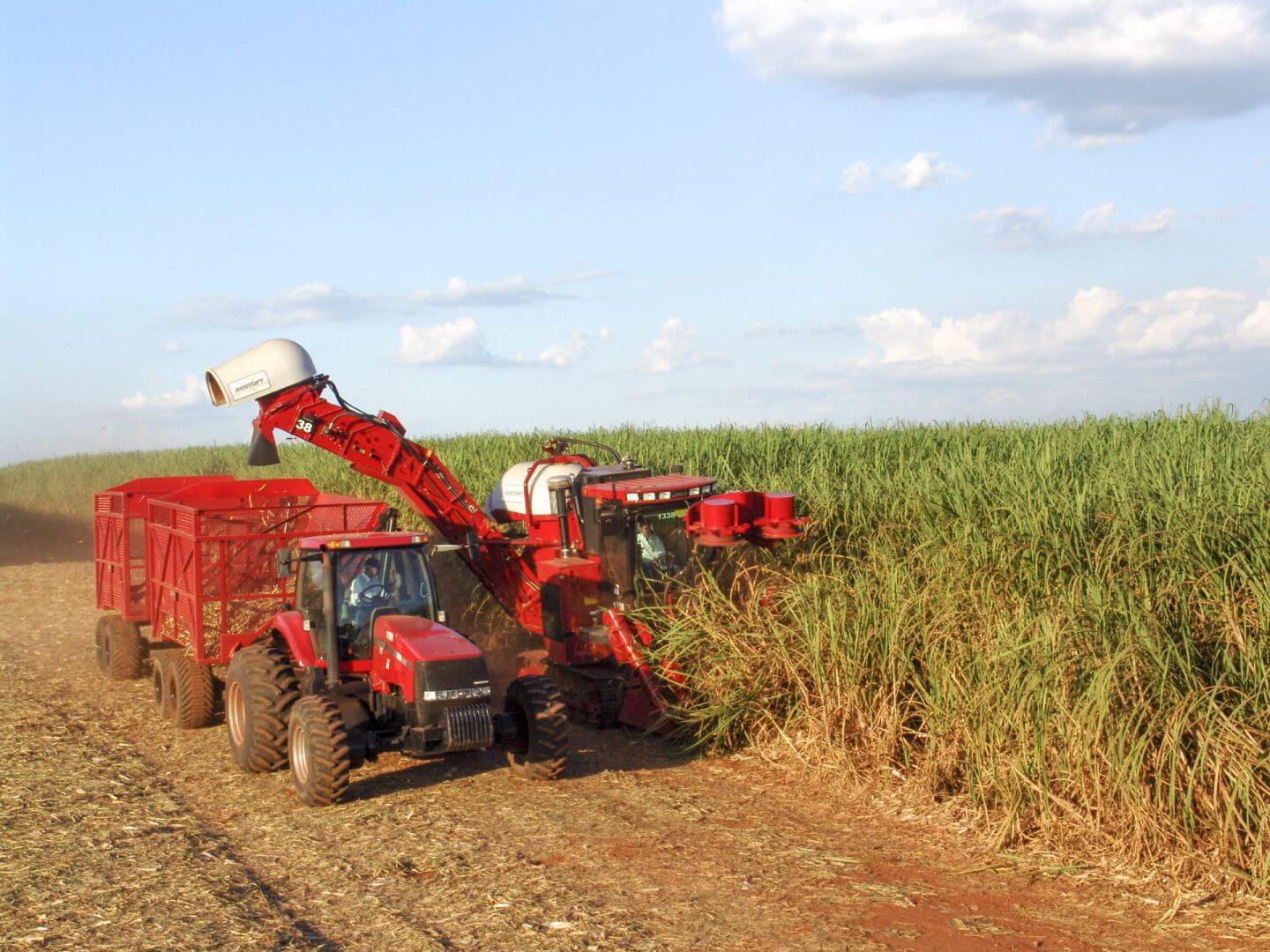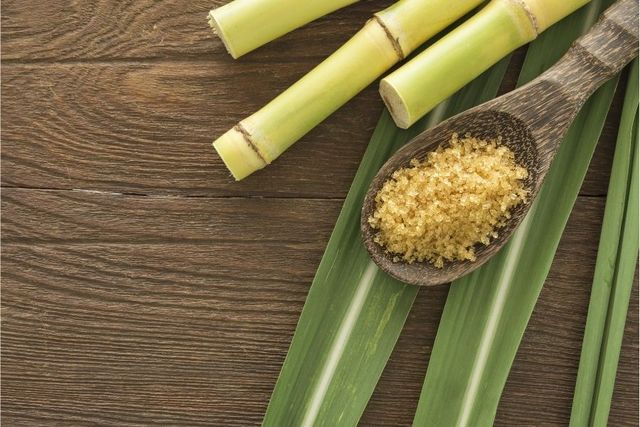All Regarding Sugar Canes: What Are Sugar Canes Used For and Their Duty in Global Farming?
Sugar walking canes work as a keystone of international agriculture, mainly identified for their function in sugar production. They additionally add to the production of by-products like molasses and ethanol. These elements not just sustain numerous industries however also impact economic stability in country areas. However, the growing of sugar walking sticks deals with substantial ecological challenges. Recognizing their complex role motivates additional expedition right into their agricultural techniques and sustainability initiatives.
The Agricultural Process of Sugar Walking Cane Cultivation
Although sugar cane cultivation may differ by region, the essential farming process remains constant. The primary step includes selecting high-yielding varieties suitable for local environments. Preparation of the soil is essential, usually needing husbandry and the addition of fertilizers to boost fertility. Planting normally takes place throughout the rainy season, with farmers using either whole stalks or cuttings to establish brand-new crops.As the plants expand, they need thorough treatment, including weed control, parasite monitoring, and watering, relying on the ecological problems. Farmers monitor the sugar walking cane's growth cycle, which generally covers 10 to 24 months, before collecting. Collecting is labor-intensive, commonly conducted manually or with specialized equipment, ensuring very little damage to the stalks. Following harvest, the cane is moved to processing centers. This precise farming procedure not only sustains local economic climates but also plays a considerable duty in worldwide farming practices, adding to food and energy products.
Sugar Manufacturing: From Walking Cane to Crystal
The trip of sugar manufacturing begins the moment freshly collected sugar walking cane comes to processing facilities. The initial step entails slicing the cane and washing to prepare it for extraction. Making use of high-pressure rollers, the juice is removed from the smashed cane, causing a pleasant fluid referred to as sugarcane juice. This juice goes through information, where contaminations are gotten rid of through the addition of lime and heat.Next, the made clear juice is concentrated by boiling it down to produce a thick syrup. This syrup is after that crystallized by cooling down, allowing sugar crystals to develop. The crystallized sugar is divided from the staying syrup, called molasses, via centrifugation.Finally, the sugar crystals are washed and dried, resulting in the acquainted granulated sugar (What Are Sugar Canes Used For). This procedure changes raw sugar walking cane right into an item that is essential to various cooking and industrial applications, highlighting the relevance of sugar in worldwide agriculture
Biofuels and Sugar Canes: A Lasting Future
As the globe increasingly looks for lasting energy solutions, sugar walking sticks have actually emerged as an encouraging resource for biofuels. The biomass acquired from sugar canes can be converted into ethanol, an eco-friendly gas alternative that noticeably decreases greenhouse gas discharges contrasted to nonrenewable fuel sources. This procedure not only provides a cleaner power source yet likewise advertises power independence for numerous countries.In enhancement, sugar walking stick farming sustains country economic situations by producing tasks in both farming and biofuel manufacturing sectors. Making use of sugar walking canes for biofuel manufacturing also urges agricultural diversity, which can boost dirt wellness and decrease dependency on solitary plants. Moreover, the by-products of sugar walking stick handling can be utilized for electricity generation, furthermore adding to a lasting energy cycle. As nations venture to satisfy eco-friendly power targets, sugar walking canes are positioned to play a necessary role fit a much more lasting future in the biofuel landscape.

The Function of Sugar Canes in Beverage Production
Sugar canes play a considerable function in beverage manufacturing, working as a primary ingredient in rum and adding to the sweetness of lots of soft drinks. Additionally, their natural juices are used in numerous beverages, enhancing taste and allure. This flexibility highlights the relevance of sugar walking sticks in the international beverage market.
Sugar Cane in Rum
Rum manufacturing is intricately connected to the growing of sugar walking stick, an important crop that provides the essential fermentable sugars needed for fermentation. This procedure starts with the extraction of juice from collected sugar walking sticks, which is then either fermented straight or refined into molasses. Yeast is contributed to transform the sugars right into alcohol, resulting in a varied variety of rum designs, from light to dark ranges. The geographical area where the sugar walking cane is grown greatly affects the taste account of the rum, with elements such as dirt kind and climate playing vital functions. Countries like Barbados, Jamaica, and Cuba are renowned for their rum production, mirroring the social and historic value of sugar walking stick within the worldwide beverage market.
Soft Drinks Sweetener Source

Natural Juice Production Uses
Along with More Help its significant duty in soda production, sugar walking cane is additionally essential in the all-natural juice sector. The juice drawn out from sugar cane, referred to as cane juice, is celebrated for its natural sweet taste and special flavor account. This juice is frequently consumed fresh in various areas, specifically in tropical countries, where it is delighted in as a revitalizing drink. Furthermore, walking cane juice offers as a base component in a variety of all-natural fruit juices and healthy smoothies, improving both preference and nutritional worth. Its all-natural residential properties make it an appealing choice to fabricated sugar, appealing to health-conscious consumers. Overall, sugar walking stick's versatility in juice production emphasizes its relevance in contemporary drink offerings worldwide.
Innovations in Sugar Walking Cane Byproducts
Advancements in sugar cane results are leading the way for sustainable solutions in various sectors. Biofuels derived from sugar walking stick supply an alternate power resource, while developments in lasting product packaging are minimizing dependence on traditional materials. These developments highlight the adaptability and possibility of sugar walking stick past its key use in drink manufacturing.
Biofuels From Sugar Walking Stick
Just how can the by-products of sugar cane contribute to sustainable energy remedies? The conversion of sugar walking stick right into biofuels provides an encouraging method for renewable power. By making use of the fibrous deposit, known as bagasse, manufacturers can create bioethanol through fermentation procedures. This bioethanol can function as a sustainable alternative to fossil gas, reducing greenhouse gas discharges and dependence on non-renewable sources. Furthermore, molasses, one more result, can be fermented to produce biofuels, optimizing resource effectiveness. The power created from sugar walking stick not just supplies a cleaner fuel source anchor but additionally improves the overall financial practicality of sugar manufacturing. By integrating biofuel production right into their operations, sugar walking stick industries can play an important role beforehand lasting energy options globally.
Sustainable Product Packaging Solutions
Lasting packaging options are significantly being created from sugar cane results, showcasing the flexibility of this farming staple. Technologies such as eco-friendly plastics originated from bagasse, the coarse deposit left after juice removal, are gaining grip. These materials offer a green choice to standard plastics, decreasing reliance on nonrenewable fuel sources and reducing carbon impacts. Additionally, sugar cane-based product packaging is compostable, damaging down naturally without damaging the environment. Business are now exploring these choices to align with consumer demand for sustainability. As understanding of plastic air pollution expands, the adoption of sugar cane-derived packaging is anticipated to climb, positioning sugar walking sticks as a principal in the shift to greener product packaging services in various markets.
Economic Influence of Sugar Walking Stick Farming

Although sugar walking stick farming has deep roots in numerous economies, its financial effect extends much past farming manufacturing. This crop functions as a substantial income for numerous farmers worldwide, especially in developing countries where agriculture is a primary resources. Sugar walking cane adds to local economic climates via work development in harvesting, handling, and farming. The industry also promotes development in related fields such as transportation, devices production, and food processing.Furthermore, sugar cane is a principal in international profession, affecting global markets and costs. Countries that generate sugar cane usually depend on exports to improve their financial security. The by-products of sugar walking stick, such as ethanol and molasses, expand income streams for farmers and include worth to the agricultural market. On the whole, the economic implications of sugar walking cane farming are extensive, impacting not only farmers but likewise whole communities and national economic situations.
Ecological Factors To Consider in Sugar Walking Cane Cultivation
While sugar Bonuses walking cane farming plays a crucial role in numerous economic situations, it likewise raises significant environmental issues that can not be neglected. The comprehensive usage of fertilizers and chemicals in sugar walking cane farming frequently causes soil degradation and water pollution. Drainage from these chemicals can pollute neighboring water bodies, damaging aquatic ecosystems. In addition, the monoculture practices common in sugar cane farming decrease biodiversity, making ecological communities a lot more prone to parasites and diseases.Deforestation is an additional vital concern, as land is usually gotten rid of to give way for sugar plantations, causing habitat loss for wild animals and boosted carbon emissions. The high water intake needed for sugar cane irrigation can strain regional water sources, specifically in dry areas. As global demand for sugar remains to increase, resolving these ecological difficulties becomes important to ensure sustainable methods in sugar walking stick farming.
Often Asked Questions
What Are the Nutritional Perks of Sugar Cane?
The nutritional benefits of sugar cane mainly include its high carbohydrate content, supplying power. In addition, it has vitamins, minerals, and anti-oxidants that might sustain overall health and wellness, though small amounts is vital due to its sugar material.
Just How Does Sugar Cane Affect Citizen Ecosystems?
Sugar walking cane farming can greatly impact neighborhood communities by modifying land use, influencing biodiversity, and needing substantial water sources. Furthermore, it may cause soil destruction and chemical drainage, interrupting surrounding environments and wildlife populaces.
What Is the Background of Sugar Walking Cane Farming?

Are There Alternatives to Sugar Walking Stick for Sugar Manufacturing?
Alternatives to sugar walking cane for sugar manufacturing include sugar beets, corn, and numerous tropical plants like sorghum and agave (What Are Sugar Canes Used For). These crops use diverse sources of sweet taste, each with distinct growing requirements and ecological influences
Exactly How Do Weather Condition Patterns Influence Sugar Walking Cane Yields?
Weather condition patterns substantially influence sugar walking cane yields through temperature level variations, rainfall amounts, and seasonal cycles. Dry spell or excessive rains can impede development, while excellent problems improve photosynthesis, ultimately impacting the amount and quality of the harvest. The trip of sugar manufacturing starts the minute freshly harvested sugar walking stick shows up at refining centers. The taken shape sugar is divided from the remaining syrup, understood as molasses, with centrifugation.Finally, the sugar crystals are cleaned and dried out, resulting in the acquainted granulated sugar. Rum manufacturing is elaborately connected to the growing of sugar cane, an essential crop that supplies the necessary fermentable sugars required for fermentation. Additionally, the monoculture methods common in sugar cane farming decrease biodiversity, making ecological communities extra at risk to pests and diseases.Deforestation is an additional critical issue, as land is frequently cleared to make means for sugar plantations, leading to environment loss for wild animals and boosted carbon discharges. Alternatives to sugar walking stick for sugar production include sugar beets, corn, and different tropical plants like sorghum and agave.